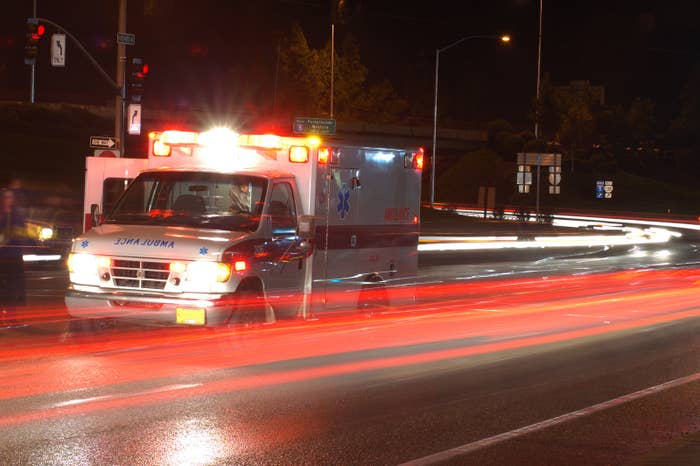
Americans living in poorer neighborhoods wait longer for ambulances than those in wealthier areas, according to a new study. On average, the wait was about four minutes longer, and those precious minutes could mean the difference between life and death, an expert said.
In the study, published in the Journal of the American Medical Association (JAMA), researchers looked at 63,600 emergency calls for cardiac arrest in 46 states.
The researchers chose cardiac arrest cases in particular because of how crucial timing is for the survival of patients. Although cardiac arrest is often fatal, Dr. Renee Y. Hsia, of the University of California, San Francisco, and colleagues only looked at cases where the patient did not die and was transported to a hospital.
They compared ambulance wait times — including time to arrive, time on scene, time to hospital, and the overall minutes — to the average income in different zip codes.
Overall, those in the poorest zip codes waited 10% longer than those in wealthier areas, which translated to a 3.75-minute difference. On average, people in wealthier zip codes had a total EMS time of 13.6 minutes, compared with 18.8 minutes in poorer areas. The results took into account other variables like time of day of the call and whether it was a weekend or weekday.
Although a roughly 4-minute difference may seem relatively small, Dr. Steven Marc Friedman, an emergency physician and associate professor at the University of Toronto, explained that those minutes can make all the difference.
During a cardiac arrest, the heart stops beating and quivers with uncoordinated contractions that are unable to pump blood to the body. Although CPR can help people stay alive until help arrives, an electric shock — from emergency personnel or an automated external defibrillator (AEDs, or portable defibrillators, which can be found in shops, stadiums, and other places) — is needed to get the heart going again.
Shocking the heart back into action with a defibrillator can save a patient’s life.
“That status degrades into more and more of an irreversible status as the minutes tick by,” said Friedman, who was not involved in the new study.
“Four minutes may make the difference between something you can shock back into a normal rhythm and something that’s irreversible.”
Research suggests that people are more likely to survive if CPR is started within 5 minutes and defibrillation within 9 minutes. High-income zip codes were more likely to meet national benchmarks for cardiac arrest ambulance response times. Patients in wealthier zip codes were also more likely to be white, male, and insured.
Friedman said the study clearly shows a need for change and possibly reallocation of resources, but there are also a lot of factors that are not necessarily an easy or simple fix.
He pointed out the study shows that the time on scene, in particular, is longer for low-income zip codes. That could be because those areas tend to have housing complexes or high rises that make getting to the patient more difficult.
“I think you can draw the conclusion that they need to engage in reallocation of resources to consider changing demography and the changing urban landscape,” he said.
Ambulance transport time is just one of many health disparities based on income, and it’s known that wealthier Americans live longer than those with lower incomes for a number of reasons, including better access to health care in general and lower rates of certain diseases.
The authors suggest that hospital closures in low-income areas may have contributed to the delay, or that it’s possible that for-profit ambulance companies have more resources in wealthier areas.
In an invited commentary published with the JAMA article, Andrew I. Friedson, of the University of Colorado Denver, argued that it’s hard to know exactly why response times were slower in the study. He noted that the data were from 2014, when the Patient Protection and Affordable Care Act (ACA) was put into place. That may have resulted in more use of emergency service resources in poorer neighborhood by people who previously were uninsured.
